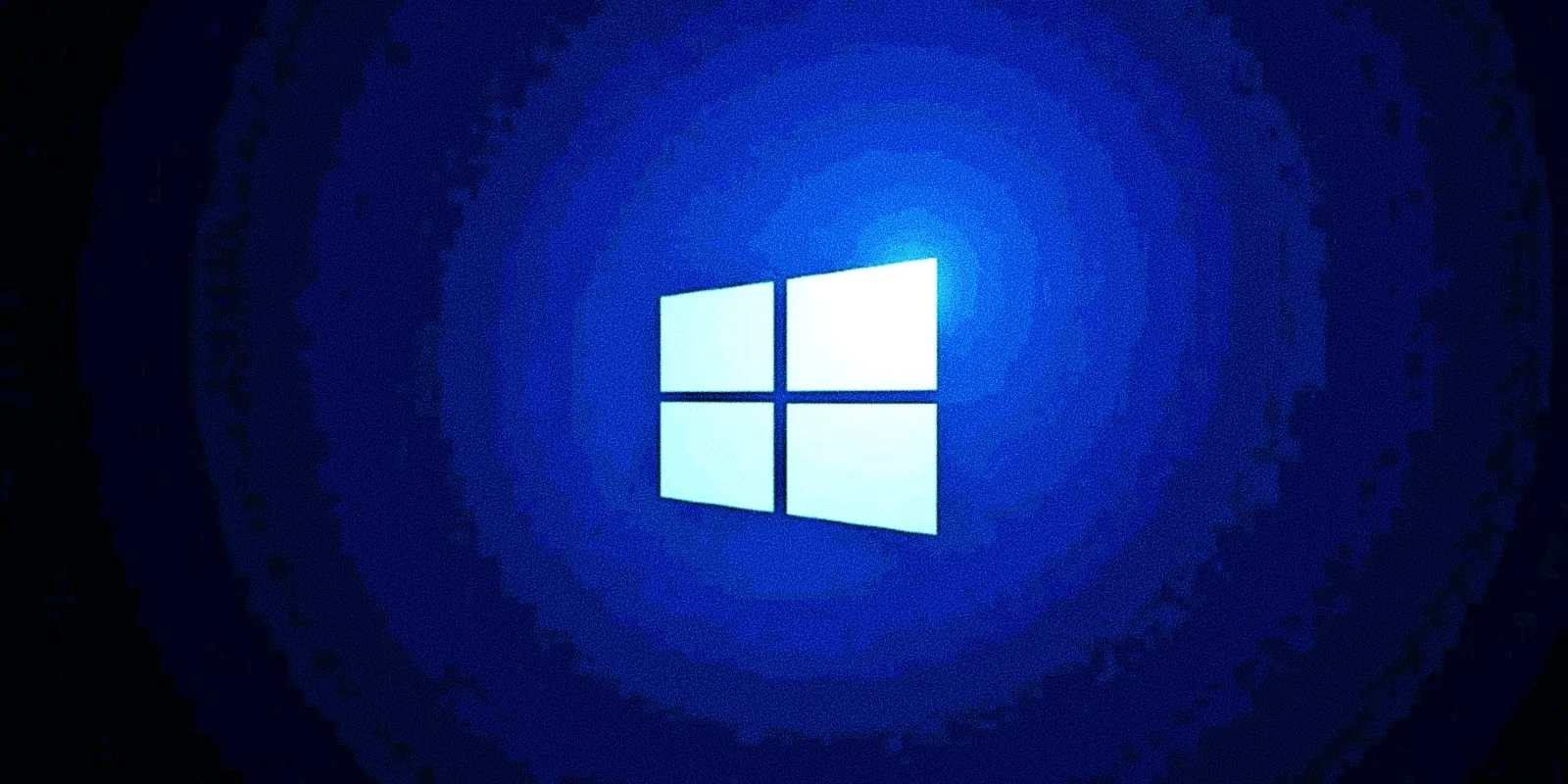The Application User Model ID (AUMID) is an identifier used by the Windows operating system to identify installed apps, particularly those that are UWP (Universal Windows Platform) apps. This ID is useful for developers, IT professionals, and advanced users who want to manage or automate tasks involving specific apps, such as configuring notifications, pinning apps to the Start menu, or creating custom scripts.
In this guide, we’ll show you several methods to find the AUMID of installed apps on Windows 11. Whether you’re a developer working with PowerShell scripts or just curious about how Windows manages apps, this guide will walk you through the process in easy-to-follow steps.
Also Read- How To Open And Use The Old Notepad App In Windows 11: A Detailed Guide
What is the AUMID in Windows 11?
AUMID stands for Application User Model ID, and it is a unique identifier assigned to each UWP app installed on your system. These IDs help Windows manage various functions of the app, such as launching, pinning to the taskbar, or controlling notifications. Knowing an app’s AUMID can be particularly useful for tasks like scripting automation or customizing the app’s behavior in Windows.
Why Do You Need the AUMID?
Here are a few scenarios where finding the AUMID is essential:
- Automating tasks using PowerShell: AUMID is required when automating app launches or customizing their behavior via PowerShell.
- Managing app notifications: AUMIDs are used when managing notifications for UWP apps.
- Customizing Windows layouts: When creating custom layouts or scripts, you may need AUMIDs to pin specific apps to the taskbar or Start menu.
Now, let’s explore the different methods to find the AUMID of installed apps in Windows 11.
Also Read- How To Add Or Remove “Edit with Photos” Context Menu In Windows 10 And Windows 11
Method 1: Use PowerShell to Find AUMID
The most straightforward way to find the AUMID of an installed app in Windows 11 is by using PowerShell. Follow the steps below:
Step 1: Open PowerShell
- Press
Win + Xand choose Windows Terminal (Admin) to open PowerShell with administrator privileges. - Alternatively, you can search for PowerShell in the Start menu, right-click, and select Run as administrator.
Step 2: Run the PowerShell Command
Once PowerShell is open, run the following command to list all the installed apps and their associated AUMIDs:
powershellCopy codeGet-StartApps | Select-Object Name, AppID
This command will display a list of all installed UWP apps, showing their Name and AppID (which is the AUMID).
Step 3: Identify the App
Scroll through the list to find the app you’re looking for. The AppID column contains the AUMID of the app, while the Name column displays the name of the app.
For example, if you’re looking for the AUMID of the Calculator app, you’ll find something like this:
diffCopy codeName AppID
---- -----
Calculator Microsoft.WindowsCalculator_8wekyb3d8bbwe!App
In this case, the AUMID of the Calculator app is Microsoft.WindowsCalculator_8wekyb3d8bbwe!App.
Method 2: Find AUMID via Registry Editor
You can also find the AUMID of installed apps by searching the Windows Registry. This method is a bit more complex but can be useful for getting more detailed information about each app.
Step 1: Open the Registry Editor
- Press
Win + Rto open the Run dialog box. - Type
regeditand press Enter to launch the Registry Editor. - If prompted by User Account Control (UAC), click Yes to allow access.
Step 2: Navigate to the Appx Registry Key
In the Registry Editor, navigate to the following location:
mathematicaCopy codeHKEY_CURRENT_USER\Software\Classes\ActivatableClasses\Package
Here, you will see a list of installed apps, each represented by a folder with the app’s package name.
Step 3: Find the AUMID for Your App
- Look through the list of apps and find the one you’re looking for based on its package name.
- The AUMID is usually a combination of the package name followed by
!App. For example, the Calculator app might have an entry like this:
Copy codeMicrosoft.WindowsCalculator_8wekyb3d8bbwe!App
Method 3: Use Shell Command to Find AUMID
You can also use the Shell command to directly find the AUMID of specific apps installed on your system.
Step 1: Open Command Prompt
- Press
Win + Rto open the Run dialog. - Type cmd and press Enter to open the Command Prompt.
Step 2: Use the Shell Command
Once the Command Prompt is open, type the following command to list all UWP apps installed on your system:
cmdCopy codeexplorer shell:AppsFolder
This will open the AppsFolder, which contains all installed UWP apps.
Step 3: Find the AUMID
- In the AppsFolder, right-click on any app icon and select Create Shortcut.
- Windows will create a shortcut on your desktop.
- Right-click on the newly created shortcut and go to Properties.
- In the Target field, you will find the AUMID of the app.
For example, if you create a shortcut for the Weather app, you might see the following in the Target field:
Copy codeMicrosoft.BingWeather_8wekyb3d8bbwe!App
This string is the AUMID for the Weather app.
Method 4: Use the AppxPackage Command in PowerShell
Another method to find the AUMID involves using the AppxPackage command in PowerShell. This method gives detailed information about each UWP app installed on your system.
Step 1: Open PowerShell
As with the first method, open PowerShell with administrator privileges by pressing Win + X and selecting Windows Terminal (Admin).
Step 2: Run the Get-AppxPackage Command
To list all installed apps along with their package names, run the following command:
powershellCopy codeGet-AppxPackage | Select-Object Name, PackageFullName
This command will display a list of installed apps, their names, and package information. The PackageFullName is a detailed identifier that includes the AUMID.
Step 3: Find the AUMID
The PackageFullName will often contain the AUMID. For example, the entry for the Microsoft Store app may look something like this:
diffCopy codeName PackageFullName
---- ---------------
Microsoft.WindowsStore Microsoft.WindowsStore_8wekyb3d8bbwe!App
Here, Microsoft.WindowsStore_8wekyb3d8bbwe!App is the AUMID for the Microsoft Store.
Also Read- How To Add Or Remove Address Bar In Registry Editor In Windows 11
Conclusion
The AUMID is a critical identifier for UWP apps in Windows 11, especially for users who want to automate processes or customize app behavior. Whether you’re using PowerShell, the Registry Editor, or the Shell command, there are multiple ways to find the AUMID of installed apps.
With this guide, you now have the tools to easily find the AUMID for any UWP app on your system, enabling you to take full control of how apps behave and interact with your Windows 11 environment. Whether for development, automation, or customization, knowing how to retrieve AUMIDs can open up new possibilities for managing your apps.



































